A few weeks ago I started typing a new manuscript. I thought it was going to be a picture book. But, the story jumped off the screen and shouted, “I’m no picture book! I’m going to be an early reader, so get ready.”
Okay!
I’ve never written an early reader so I thought I should get some expert advice.
I first referred to my absolute favorite reference book—The Writer’s Guide to Crafting Stories for Children by Nancy Lamb. Chapter Three gave me brief definitions of various levels of early readers.
Then, I was off to meet another wizard of writing for children—Nancy I. Sanders. I ordered her book Yes! You Can Learn How to Write Beginning Readers and Chapter Books. I’m now reading, highlighting and digesting a bushel of useful information.
Today I’m sharing with you BRIEF definitions of various levels of beginning readers. Next month I’ll share information about a key element of beginning readers—reading levels and readability scores.
Sanders describes six levels of beginning readers including Hi-Lo Readers. We’ll talk about Hi-Los in another post.
All contain MUCH less art than picture books do. So the text carries the story alone.
With each level an increasing number of words are on each page, and in each book.
With each level print size decreases.
There are two different markets for early readers. Trade books sell at bookstores. School market books are sold to schools and libraries and must meet state or national standards.
Remember—every publisher has their own guidelines. Check with them for specifics BEFORE you write and submit your manuscript.
Now, on to descriptions of five levels of early readers.
- Pre-emergent Readers have anywhere from 5 to 250 words and 8-32 pages. They use basic vocabulary and short, simple sentences. Scholastic and ABDO Publishing offer several series of these books.
- Emergent Readers have about 250 words total and 16-32 print pages. Sentence length, sentence structure and vocabulary are on preschool to first grade level. Often each page introduces a new word. Scholastic’s Hello Reader! Series is an example of Emergent Readers.
- Easy Readers contain 550-900 words and 32-48 print pages. These are sometimes called Level 2 or Level 3 Readers. Sentence length, sentence structure and vocabulary are for grades one through three. Random House’ Step Into Reading Step 2 books are examples of Easy Readers.
- Advanced Readers are much longer. They usually have about 1500 words and 32-48 pages. Sentences are ten words or less in length. Various Level 4 readers are examples of Advanced Readers.
- First Chapter Books contain 1500 to 10,000 words and 48-80 pages. They are written for grades one through three and contain separate chapters. On one level the chapters are separate stand-alone stories about the same characters. On the second level the chapters continue a running story and often end in cliff-hangers. Examples of First Chapter Books are Nate the Great, Junie B. Jones and Magic Tree House.
Other differences in the levels include the number of characters, the types of plots, the age-appropriate themes and the amount of dialogue.
Sander’s book Yes! You Can Learn How to Write Beginning Readers and Chapter Books is packed with every detail a writer will need to not only write these books, but to break into the markets.
I can hardly wait to pitch this series to my agent!
Next month I’ll share information about a key element of beginning readers—reading levels and readability scores. I’ll share a critical book for your personal library and an amazing website I discovered to help us succeed in writing early readers.
See you in June!
Jean Hall lives in Louisville, Kentucky. She is represented by Cyle Young of Hartline Literary. Her premier picture book series Four Seasons was recently signed by Little Lamb Books. Jean is a member of the SCBWI, Word Weavers International, and the Kentucky Christian Writers. Visit Jean at www.jeanmatthewhall.com, on Facebook at Jean Matthew Hall, and on Twitter as @Jean_Hall.

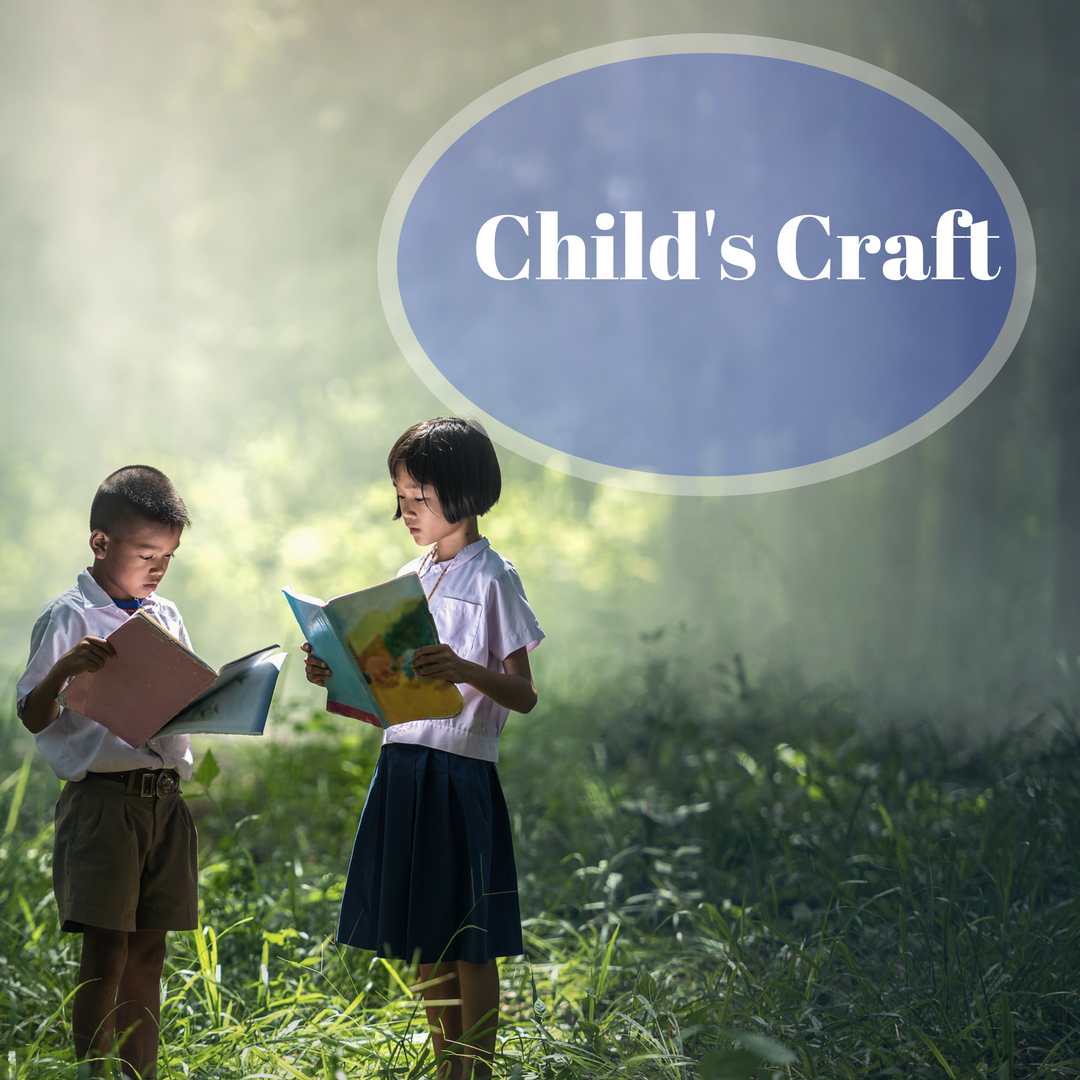
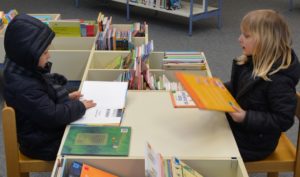
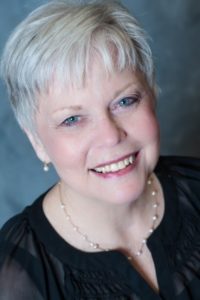
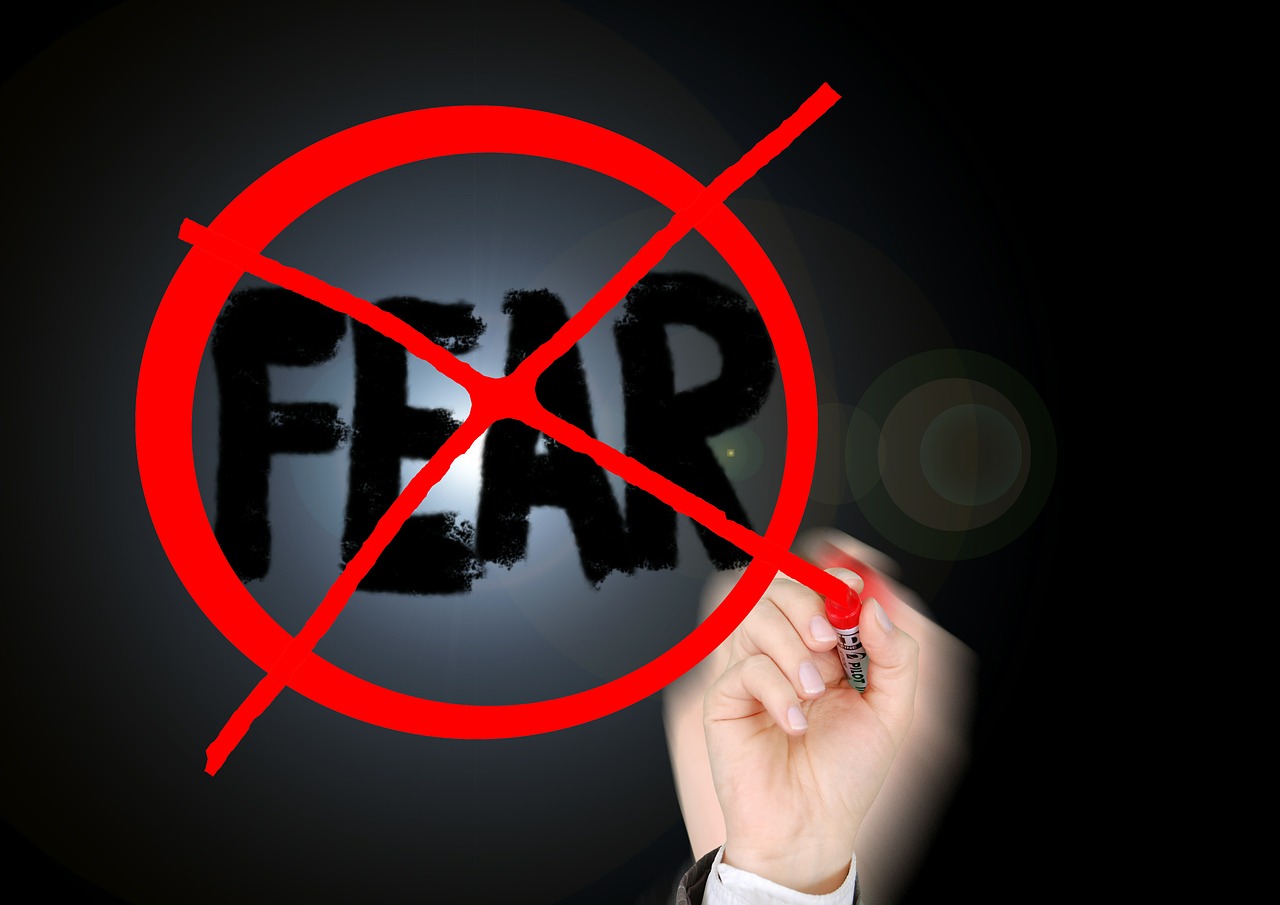
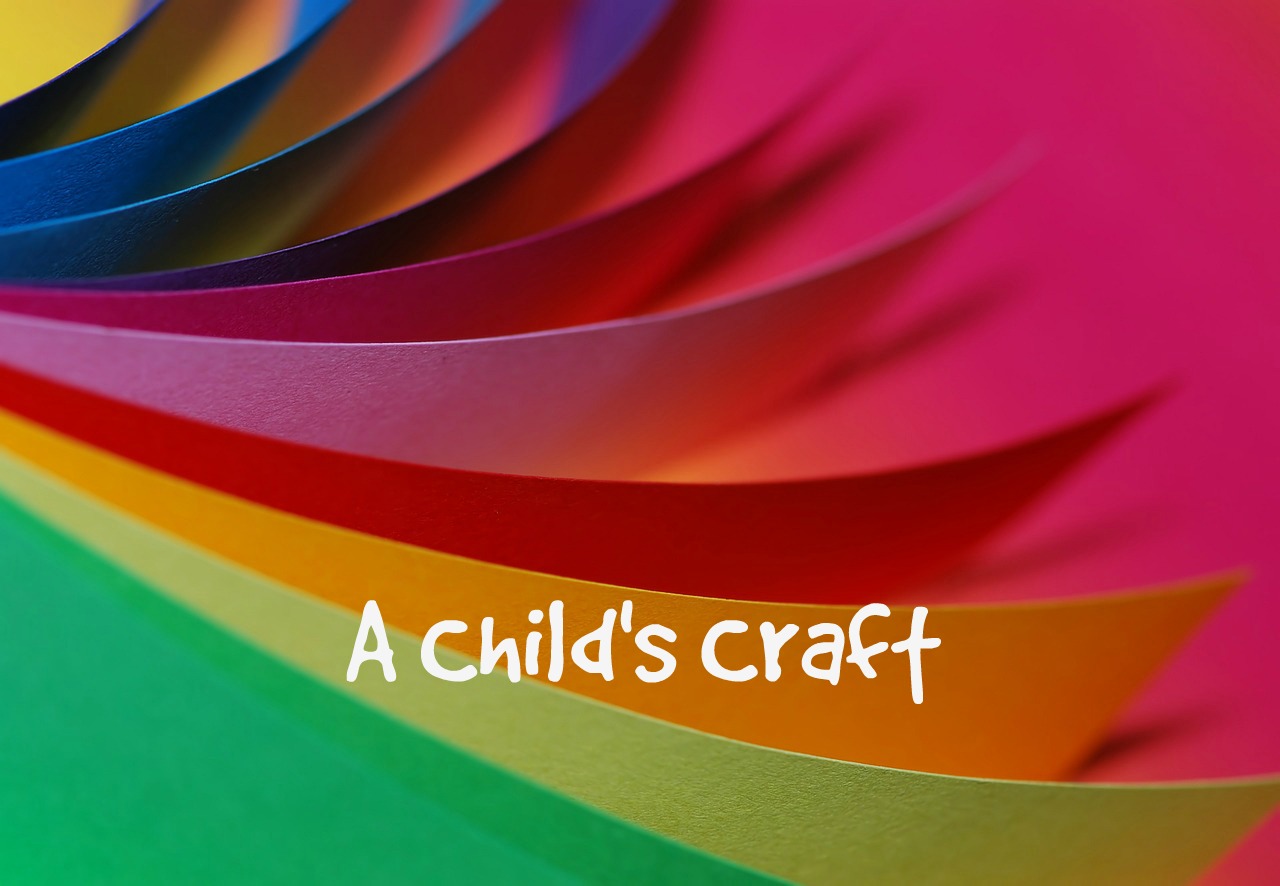


1 Comment
Thanks for this info! I write devotionals, but I do have a folder of story ideas for picture books, but I have done zero research on what books for young readers look like. Thanks!